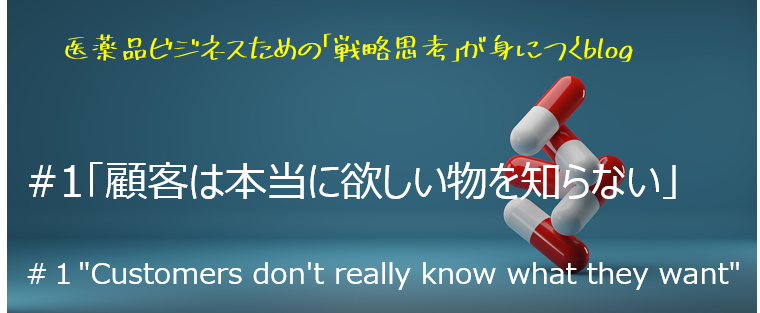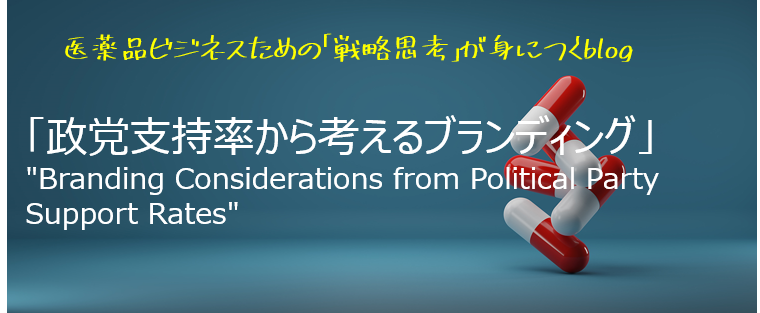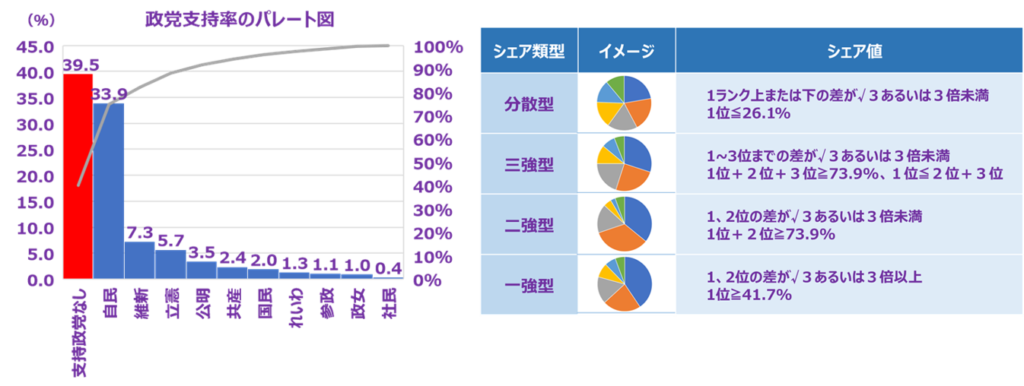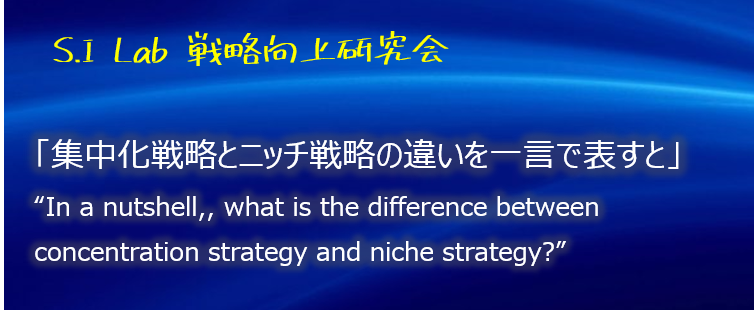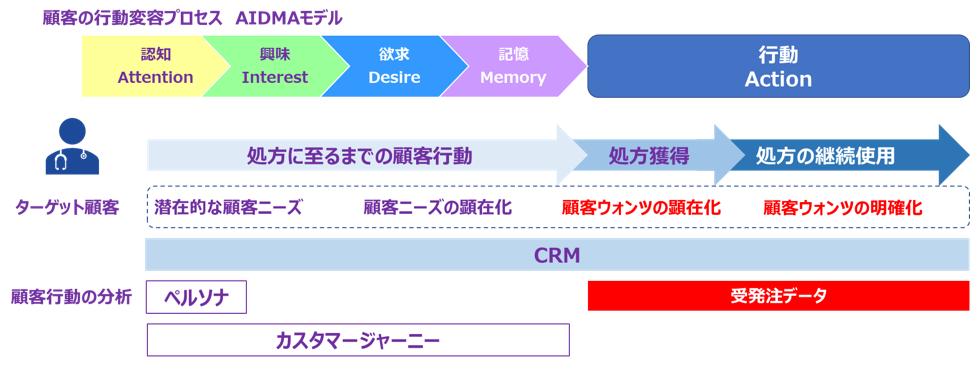
顧客は本当に欲しい物を知らないと言われます。
顧客が十分な情報や経験を持っていないことで、自分自身のニーズをはっきりと認識できないためです。
そのような、顧客のニーズや欲求を理解するための方法に顧客行動の分析があります。
自社製品やサービスを利用する顧客を想定し、ペルソナを作成することで、自社のターゲットとする顧客層の解像度を高めます。
想定したペルソナが、自社製品やサービスを購入するまでの過程を表したものがカスタマージャーニーです。
顧客は自社製品やサービスを購入するまでの過程で、ウェブサイトを訪問したり、製品の詳細を調べたり、実際に製品を購入したりするなど様々な行動をとります。
この一連の顧客の行動を分析することで、顧客がどのような製品やサービスを好むか、どのような嗜好性があるかを知ることができます。
この顧客の行動を分析することにフォーカスしたツールがCRMです。
CRMで顧客行動を分析することで、ニーズを把握し、なにを欲しているか(ウォンツ)を知ることで顧客満足度の高い製品/サービスを提供することが出来ます。
CRMは多くの製薬企業で導入されていますが果たして期待した売上インパクトを生み出しているでしょうか?
#1”Customers don’t really know what they want”
Customers are often said to not know what they truly want. This is because they may not have enough information or experience to clearly recognize their own needs.
One method to understand customer needs and desires is through analyzing customer behavior. By creating personas of customers who are likely to use their products or services, companies can increase the resolution of their target customer groups. The customer journey, which represents the process by which the persona goes through to purchase the company’s product or service, can be used to analyze customer behavior.
Customers take various actions such as visiting websites, researching product details, or actually making purchases during their journey to purchase a company’s product or service. By analyzing this series of customer actions, companies can determine what products or services customers prefer and what their preferences are.
Customer Relationship Management (CRM) is a tool that focuses on analyzing customer behavior. By analyzing customer behavior with CRM, companies can understand customer needs and determine what they want, which can lead to the creation of high customer satisfaction products and services.
While many pharmaceutical companies have implemented CRM, it is unclear whether it has produced the expected sales impact.

